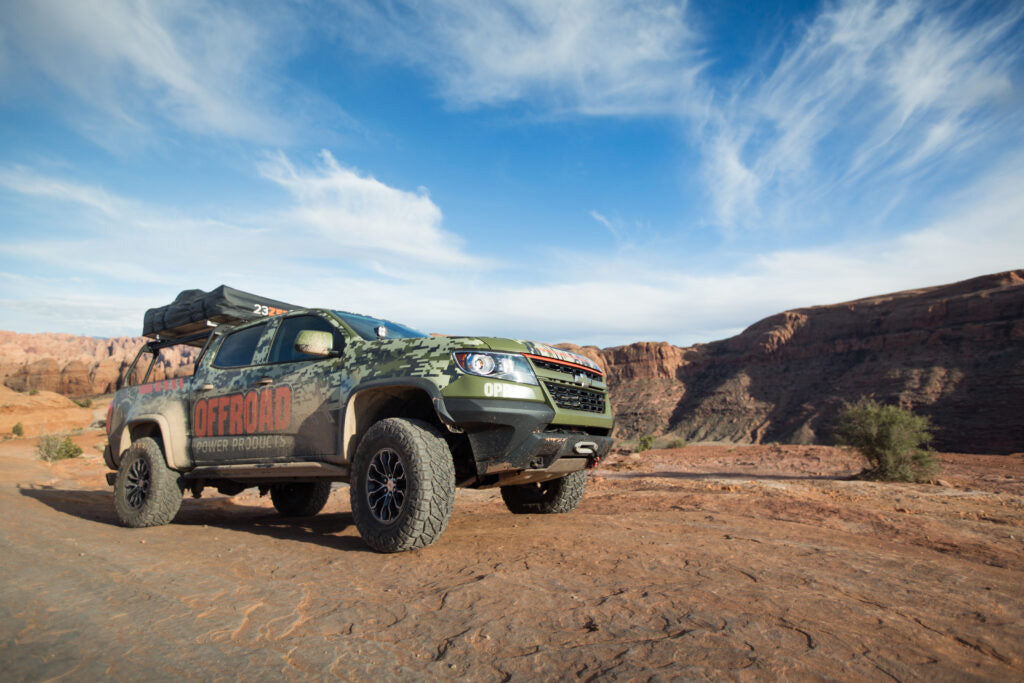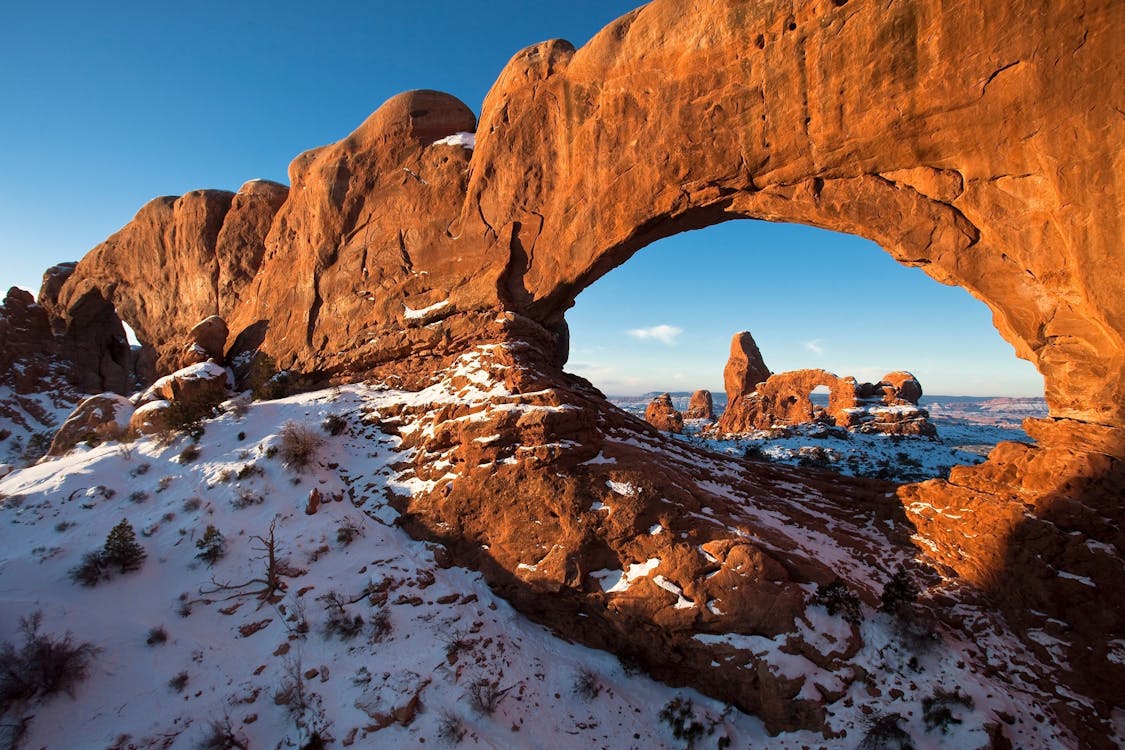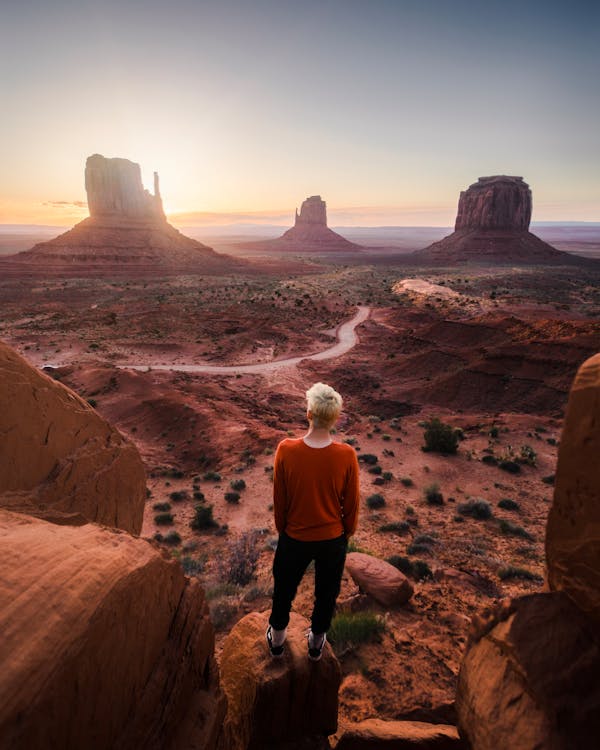
Desert Success: Top 10 Things to Know When You Go Desert Wheeling, Part 2
It’s about that time of the year -- the weather is finally starting to cool down, and the desert trails are looking appealing once again. The desert is a unique world all its own though. How can you be best prepared to take on the desert trails? We’ll tell you all our best tips - check out part one here!
Watch (and Listen to) the Weather
In the desert, the weather can change really quickly. One of the greatest risks to desert wheeling is rain, believe it or not. Flash flooding can overtake a trail quickly, and if you get caught, the results can be deadly. Whether it’s rain, snow, or a crazy windstorm, if it’s headed your way across an open expanse of desert, you’re going to want to know about it as soon as possible.
Keep a radio with a weather alert system handy, and use it if you think there’s even a slight risk of weather hindering your progress on the trail.
The Desert Gets Cold

Speaking of unsuspecting desert weather, if you don’t spend much time out in the desert, you might be shocked to know that the desert gets cold at night during the real wheeling season. For example, along the mojave trail, one of the most popular overlanding trips in the southwest, you can expect nighttime temperatures in the 30s and 40s. It’s not unreasonable to deal with temperatures like that when you’re camping, but if that were to catch you off guard, you could have some seriously miserable nights in the great outdoors.
Let People Know Where You Are
This sounds pretty basic, but for the love of all that is holy...tell people where you’re going, any time you head out into the wilderness. Just a simple, “we’re going to the desert this weekend, and we’re planning to be on the mojave trail - should be back Monday afternoon!” is all it really takes for your life to be saved. If you go missing on the trail, at least the authorities will have an idea of where to start looking.
Don’t Rely on Your Cell Phone
As with most places worth wheeling, cell service is limited at best once you’re offroad and in the middle of the desert. Don’t rely on your cell phone to communicate within your group on the trail, and definitely don’t rely on it to save you in case of an emergency. A Rugged Radio is a great solution for talking within your group on the trail for basic navigation, or to tell someone there’s an obstacle in the trail. Consider a personal locator beacon in case of emergency, though. It will allow you to page 911 in an emergency, and they’ll have your exact coordinates to get you to safety as quickly as possible.
If Things Really Get Bad….

If worst comes to worst, and you’re truly stranded, don’t leave your truck and try to find your way to help. If you’ve followed all of our other advice, people should be aware that you’re missing within a reasonable period of time. You’ll have a way to stay safe and warm, and supplies to live a few more days in the middle of nowhere, even if it’s not in the way that you’d initially intended.
Rescue teams (or even other wheelers that might happen across you) will be more likely to spot your truck than they will be able to spot you, trekking across the desert on foot.
Never Wheel Alone
A Lot of this list has been laid out as a long list of things to literally stop you from dying alone in the desert. What can we say? It’s a real risk. The single best way to stop that from happening, though, is to just wheel with at least one other vehicle. If you need help with recovery, or need a spare spare tire, they can be an extra set of wheels. If you really got stuck and had no communication, they could be an actual life line to the world.
No matter where your adventures take you, when you’re ready to hit the trails, we’ve got all the gear and expertise you need. Call or email our helpful team of off road experts, and we’ll get all your questions answered so you can have a great time on the trails without worrying about all the details.
